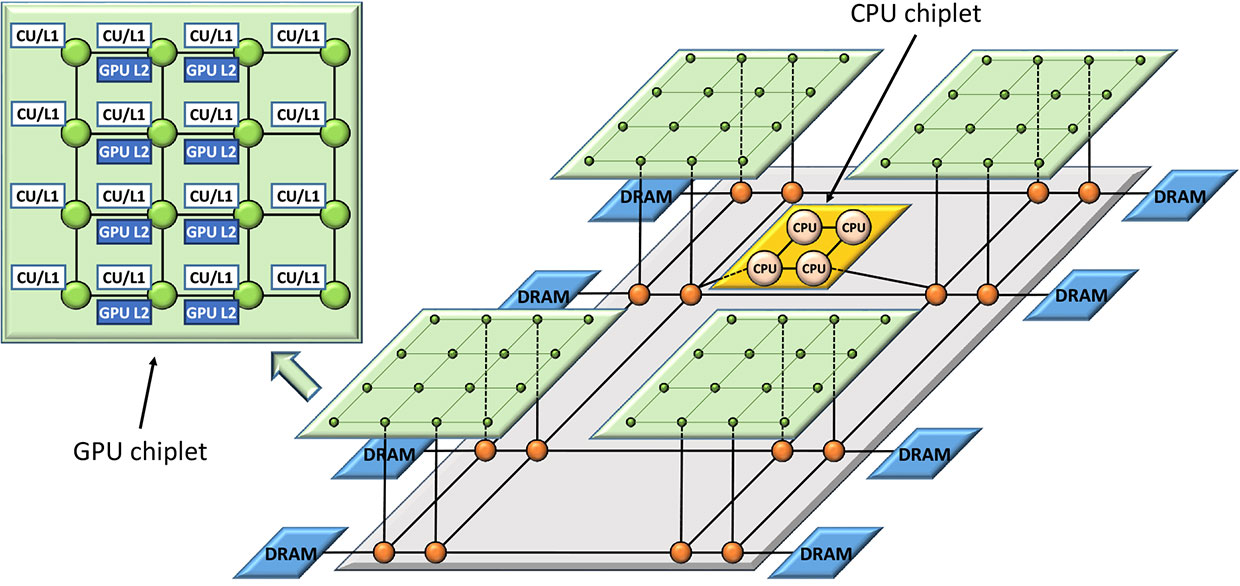TC
Recent Articles
Sort Options:

Thoma Bravo Reaches Deal for Stake in Trading Technologies
Thoma Bravo has announced its acquisition of a stake in Trading Technologies International Inc., which aims to leverage the new resources for strategic acquisitions, enhancing its growth potential in the technology sector.

UTCP
A new open alternative to MCP for tool calling has emerged, offering a direct and efficient solution for developers. This innovative approach aims to enhance functionality and streamline processes, promising significant benefits for the tech community.

TCS Profit Beats Estimates After Clients Spend Big on IT
Tata Consultancy Services Ltd. has reported quarterly earnings surpassing analysts' expectations, indicating a resurgence in technology spending among global enterprises. This positive trend highlights the growing confidence in the tech sector's recovery.

Bitcoin Treasury Corporation Acquires 292 BTC, Prepares for Toronto Trading Debut
Bitcoin Treasury Corp. (BTCT) has acquired 292.80 bitcoin for C$43 million, initiating a strategy to enhance its digital asset treasury. The Toronto-based firm aims to leverage these holdings for institutional loans while focusing on disciplined risk management and shareholder value.

75th ECTC packaging themes
The 75th ECTC showcased popular sessions on packaging, highlighting advancements in co-packaged optics (CPO) integration. These discussions reflect the industry's focus on innovative materials and technologies shaping the future of electronics packaging.

The Basics Of CTEM, Why It's Relevant And How To Get Started
The article provides essential tips for organizations looking to implement CTEM effectively. It emphasizes the importance of establishing its utility and outlines steps to create a successful rollout plan, ensuring a smooth transition and integration into existing systems.

Smart Ways CTOs Can Drive Long-Term Growth Across Organizations
CTOs play a pivotal role in enhancing workflows and leveraging emerging technologies, transforming technical challenges into strategic advantages that drive team and product success. This insight highlights the critical influence of technology leaders in today’s dynamic business landscape.

From Technology To Company Vision: The Evolving Role Of The CTO
The article explores the complexities of the Chief Technology Officer (CTO) role, highlighting the often ambiguous responsibilities and significant influence these leaders have within organizations, challenging the perception of the position as straightforward.

Time-Sensitive Networking: Empowering Real-Time Communication at the Edge
Time-Sensitive Networking (TSN) is revolutionizing real-time communication across industries by ensuring reliable, low-latency data transmission. As edge computing grows, TSN's role in enhancing system responsiveness and efficiency becomes increasingly vital for mission-critical applications.